Six Senses Zil Pasyon
— Written primarily based on exclusive insights from Olivia Foster, Marine Biologist at Six Senses Zil Pasyon
The vivid turquoise waters of the Seychelles archipelago call to marine enthusiasts with the promise of vibrant coral reefs and diverse marine life. But to ensure a safe and enriching underwater experience, especially if you're exploring with the little ones, it is crucial to have the right information at hand. This handbook uncovers the secrets of the Seychelles underwater world, offering insights from a seasoned marine biologist. In our exclusive interview with Olivia Foster, Marine Biologist at Six Senses Zil Pasyon we dive into the nuances of crafting bespoke snorkelling and diving experiences suitable for families, intertwining the thrill of exploration with meticulous planning and safety considerations.
PL: Can you share a starter guide for snorkelling and diving with kids? The do’s and don’t and some planning tips.
Olivia Foster:
Planning Tips
Opt for calm, shallow waters with good visibility for snorkelling with kids. Look for family-friendly diving spots if they're certified and experienced.
Ensure everyone is comfortable in the water and knows basic swimming skills. Always have proper safety equipment like life jackets for non-swimmers.
Plan your snorkelling or diving trip on days with good weather and calm seas to ensure a safe and enjoyable experience. Ask a professional if you are unsure of the local area.
Make sure everyone has properly fitting snorkelling or diving gear. For kids, choose equipment specifically designed for their size. Test your equipment before setting off.
Do's
Begin in shallow, calm areas where kids can stand up if needed and gradually build their confidence before venturing into deeper waters.
For younger or less confident swimmers, provide floatation devices like snorkelling vests or inflatable noodles for added safety.
Always snorkel or dive as a group, keeping an eye on each other and maintaining close supervision, especially with younger children.
Teach kids how to clear their masks of water and encourage them to practise before heading into deeper waters.
Respect designated swimming areas and be aware of boat traffic
Don'ts
It is important not to chase, feed or touch any marine life and watch where your fins are to avoid kicking or standing on coral and damaging it.
Avoid straying too far from the shore or boat, especially with younger children. Stick to designated snorkelling areas and keep within sight of each other.
Don’t forget sun protection! Opt for reef-safe sunscreen or wear rash vests to avoid sunburn.
PL: What safety considerations should parents and individuals be aware of when snorkelling in Seychelles?
Olivia Foster:
Strong Currents: Seychelles waters can experience strong currents, especially during certain times of the year. Check local weather and sea conditions before heading out, and avoid snorkelling in areas with strong currents if you're not experienced or confident in your abilities.
Marine Life: While Seychelles is home to a diverse array of marine life, including colourful fish and coral reefs, it's essential to be cautious around certain species, such as sea urchins, jellyfish, or fire coral. Make sure only to observe marine life from a safe distance and avoid touching or accidentally standing on any creatures you encounter for your own safety.
Sun Protection: Seychelles has a tropical climate with strong sun exposure. Protect yourself and your children from sunburn by wearing reef-safe sunscreen, protective clothing (such as rash guards and hats), and sunglasses.
PL: What are some of the best snorkelling/diving locations in Seychelles suitable for both beginners and experienced individuals?
Olivia Foster: Seychelles has many accessible and beautiful snorkelling and diving locations. Several Marine Protected Areas including Ile Cocos Marine Park which extends to cover Anse Peniche beach on Félicité Island have been established. These protected areas are home to numerous species including critically endangered hawksbill turtles, juvenile sharks and an abundance of fish making for great snorkelling locations.
Other top spots:
Baie Ternay Marine National Park
Anze Lasio, Praslin Island
Morne Seychellois Park
St Anne Marine Park
PL: Can you provide an overview of the marine environment in Seychelles and why it's particularly attractive for snorkelling and marine activities?
Olivia Foster: Seychelles is home to an incredible diversity of marine life, including over 1,000 species of fish, numerous species of corals, sea turtles, rays, sharks, and an abundance of invertebrates. The waters surrounding the islands support a rich and varied ecosystem, offering snorkelers the opportunity to encounter an array of colourful and fascinating marine species. The warm tropical climate, crystal clear waters and vast rock formations make for a particularly attractive place to dive and snorkel.
PL: Can you name some unique marine species people can spot in the area?
Olivia Foster:
Sea turtles - Seychelles is home to one of the largest populations of nesting hawksbill turtles in the Western Indian Ocean. What is particularly unique about the hawksbills here is that they nest during the day! Green turtles are another species of sea turtle commonly sighted. These herbivorous turtles feed on seagrasses and algae and can often be seen resting on the seabed or swimming near coastal areas.
Whale Shark - While not guaranteed sightings, whale sharks (the largest fish in the world!) are occasionally spotted in Seychelles' waters.
Rays - While sightings of manta rays are less common, they can be seen, particularly around cleaning stations and offshore reefs. Eagle rays are much more common and can be seen all year round.
Reef fish - Seychelles is home to many species of colourful reef fish including parrotfish, oriental sweetlips, triggerfish, surgeonfish, angelfish, batfish and butterflyfish.
Reef sharks - There are plenty of small reef shark species, including the black-tip reef shark, grey reef shark and white-tip reef shark. Black-tip reef shark pups are commonly seen close to the shore or in lagoon areas.
Marine mammals - A number of marine mammals are observed in the area including the commonly spotted Bottlenose dolphin.
PL: What is the best time for spotting the best marine life and water adventures in Seychelles?
Olivia Foster: The best time to visit Seychelles for marine activities depends on the activity you are undertaking. For example; January and February usually have calm seas and are a good time for island hopping. During the months of August and September, the waters are not as clear but plankton-rich, providing manta rays and whale shark sightings. While some moths offer the most favourable conditions for marine exploration and water adventures in Seychelles, it's important to note that the islands can be visited year-round. Opportunities for snorkelling and diving still exist year-round, although weather conditions may be more variable, and underwater visibility may be reduced at times.
Are you ready for an underwater adventure in Seychelles? Contact us today to plan your trip at Six Senses Zil Pasyon.



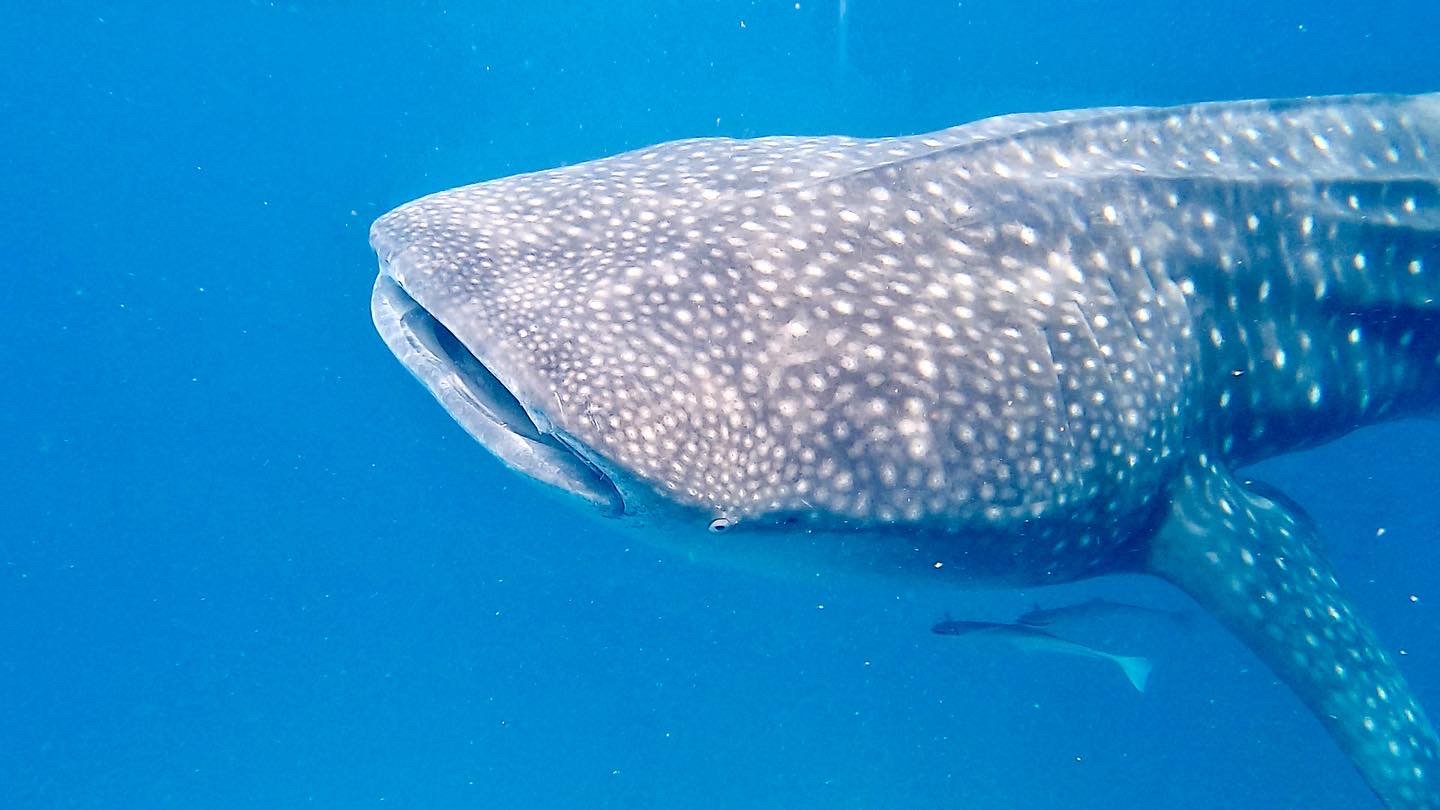
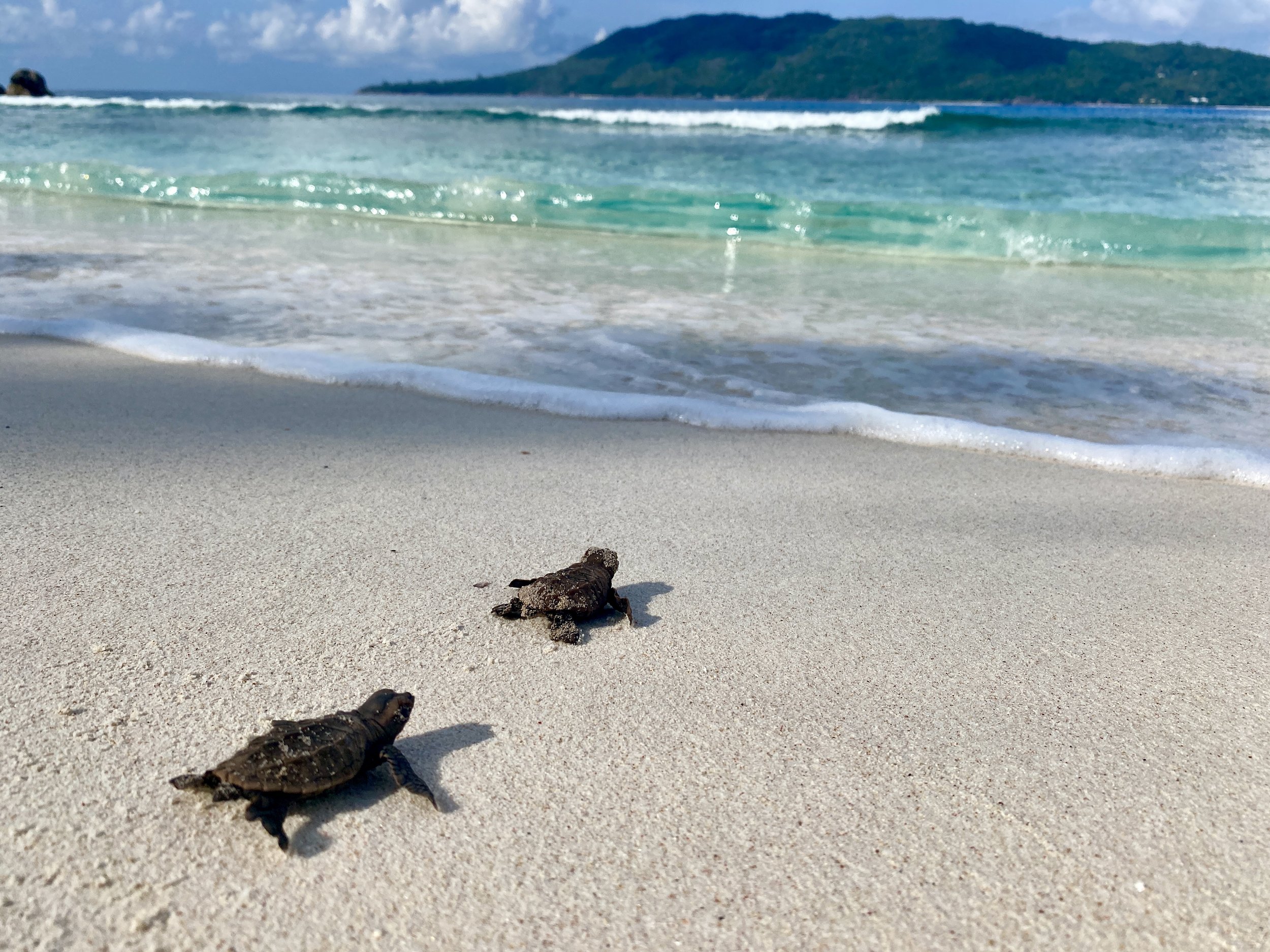
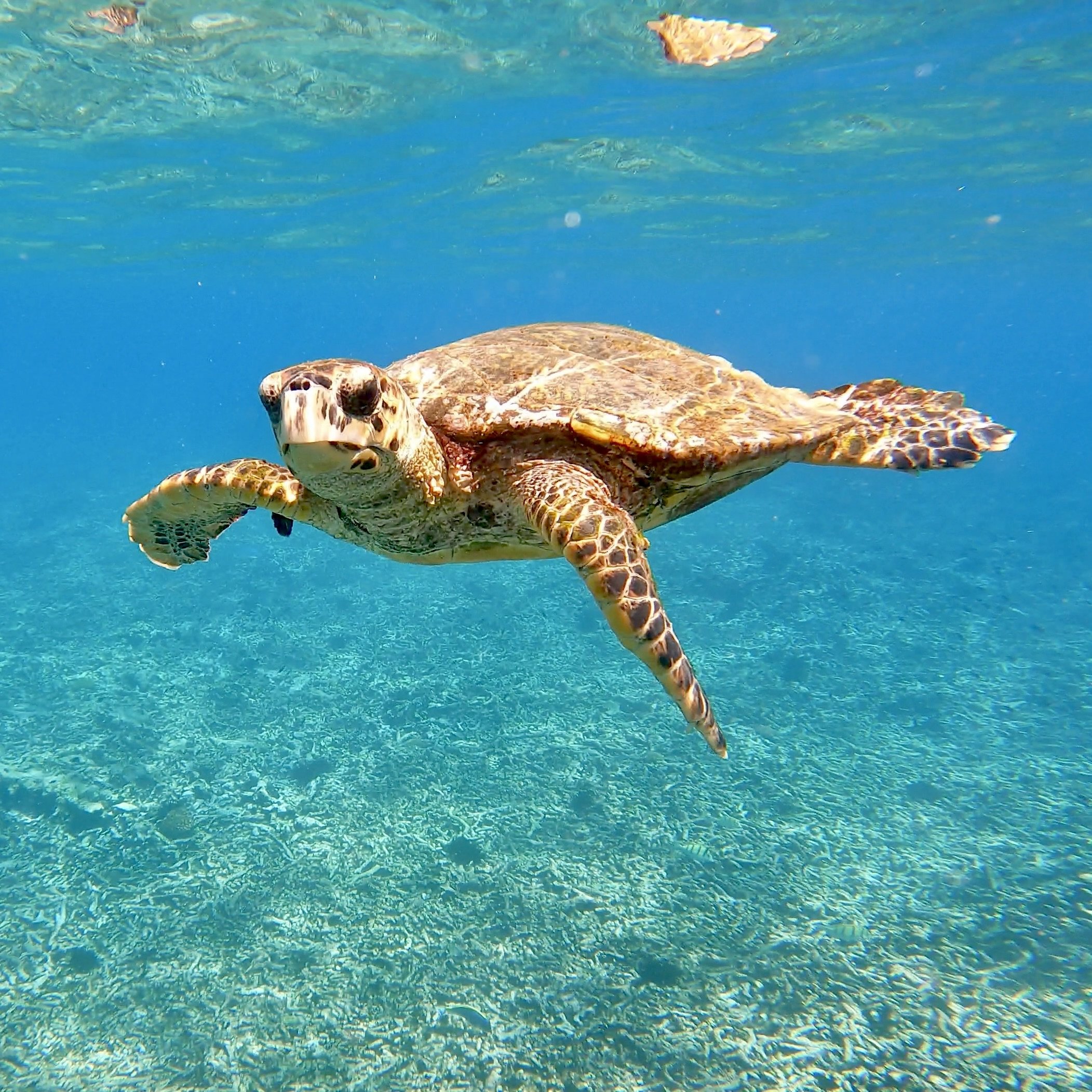
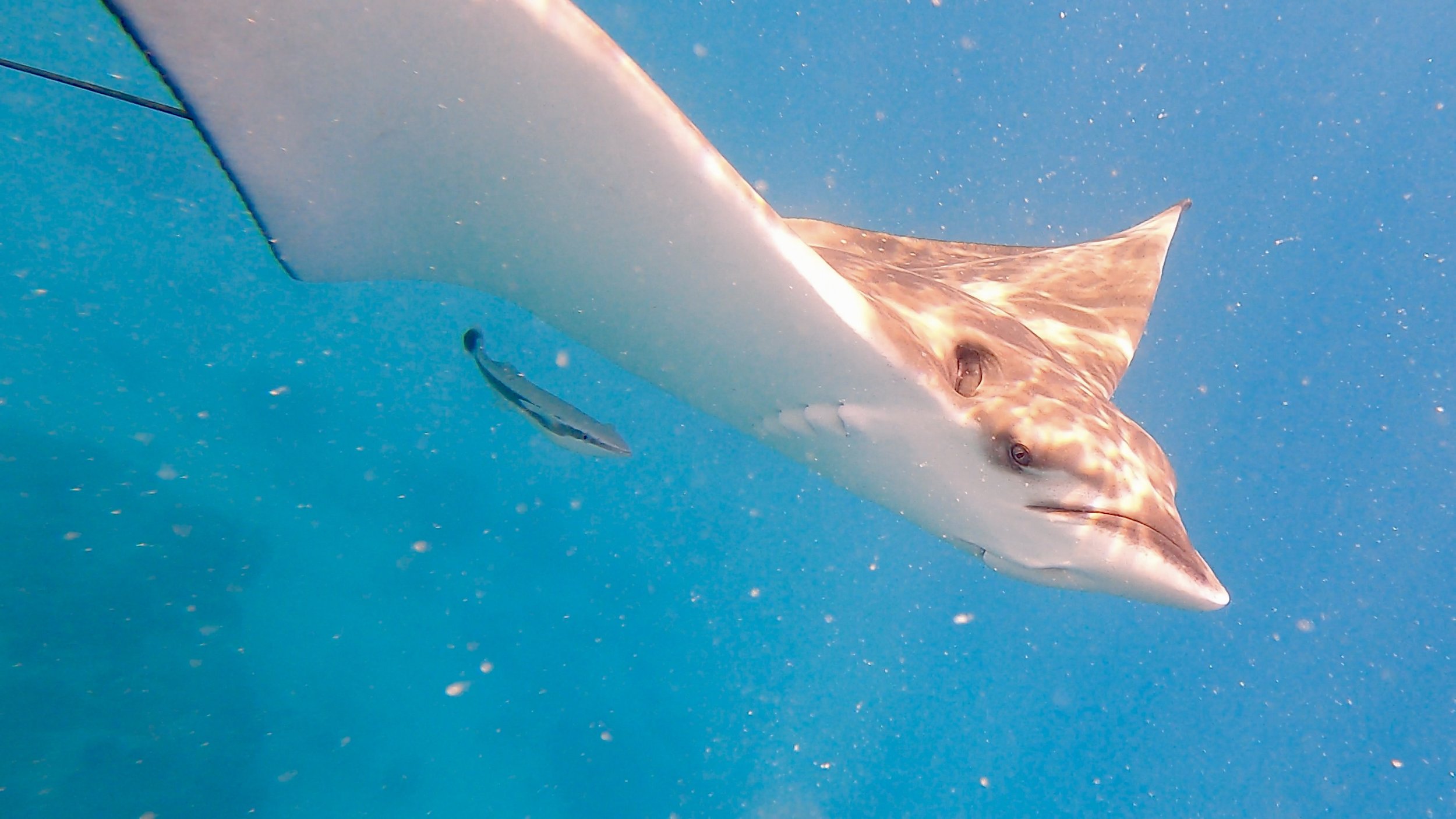
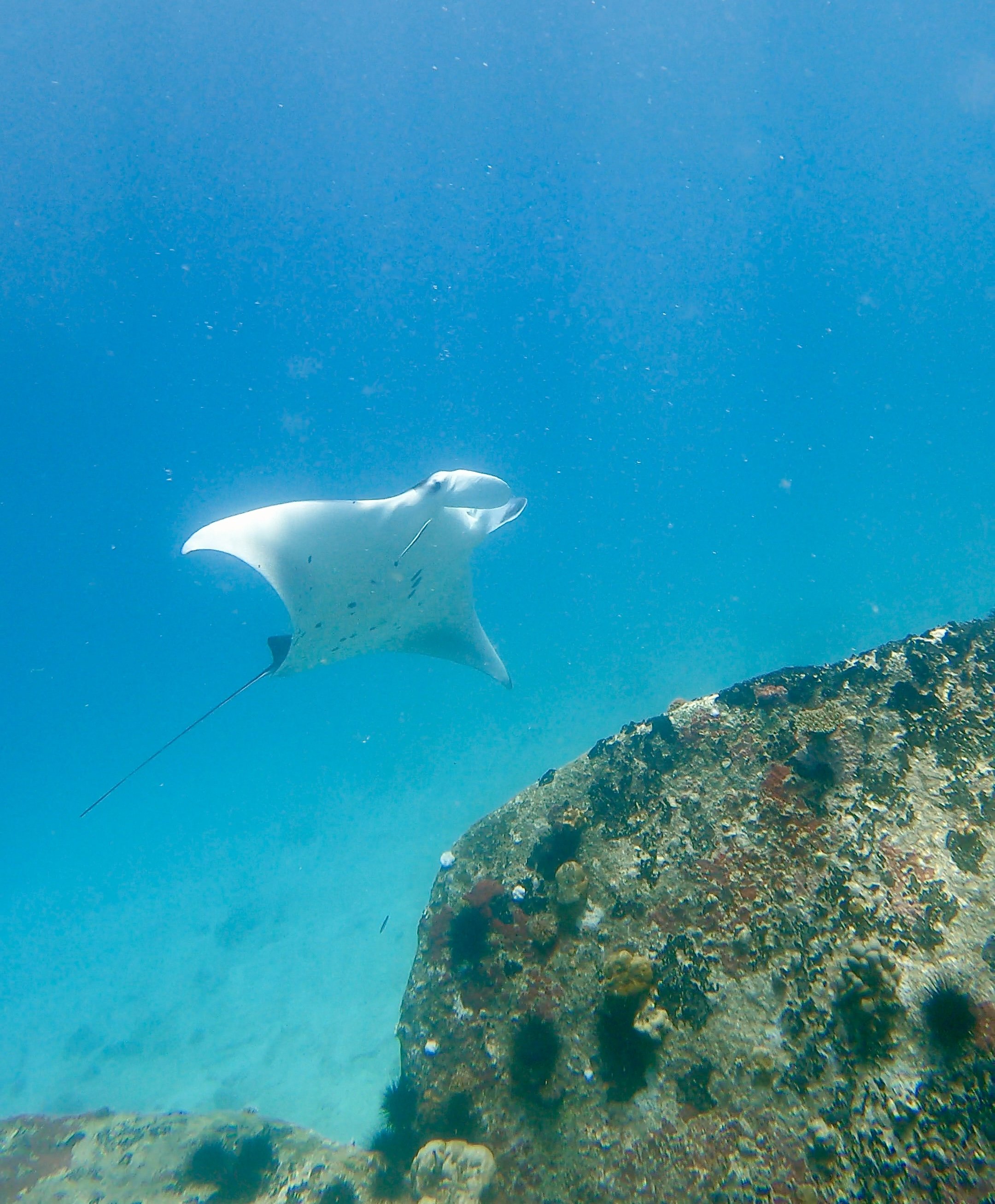
![Blue_Surgeonfish_and_Sea_Urchins_[6759-A4].jpg](https://images.squarespace-cdn.com/content/v1/57fe1459414fb5e705a88910/1708156289493-7O7776LH2STL9AZ74MEH/Blue_Surgeonfish_and_Sea_Urchins_%5B6759-A4%5D.jpg)
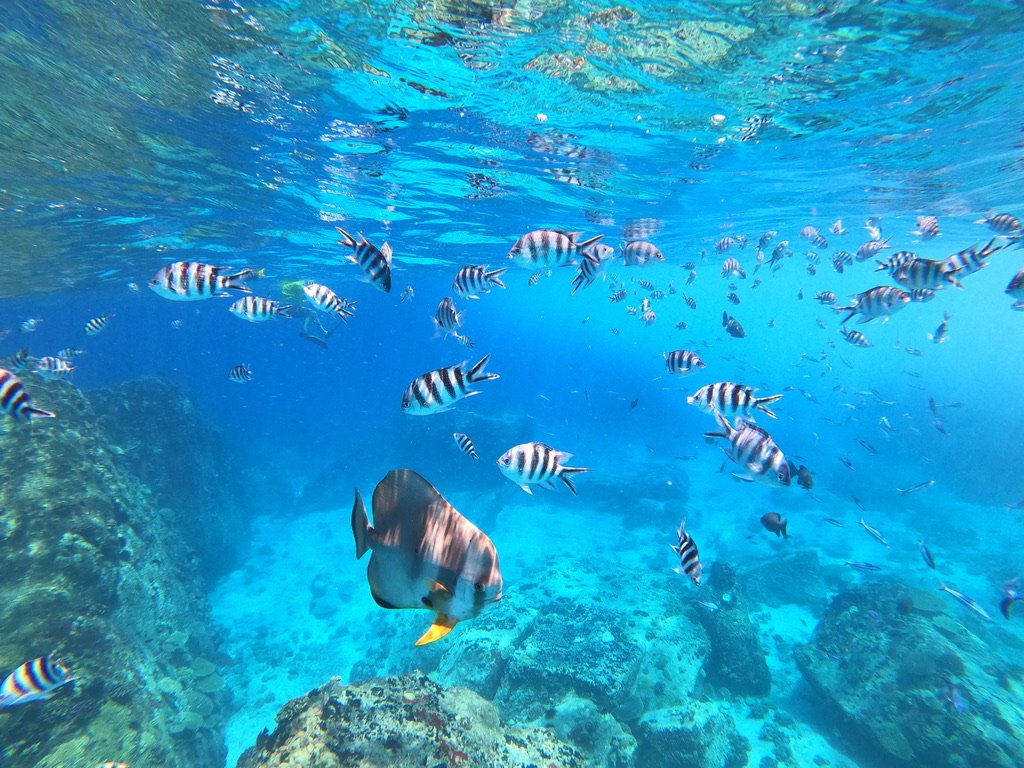
![Striped_Surgeonfish_[6763-A4].jpg](https://images.squarespace-cdn.com/content/v1/57fe1459414fb5e705a88910/1708156322407-LLZSF7AOF8KKLGDYVGIC/Striped_Surgeonfish_%5B6763-A4%5D.jpg)
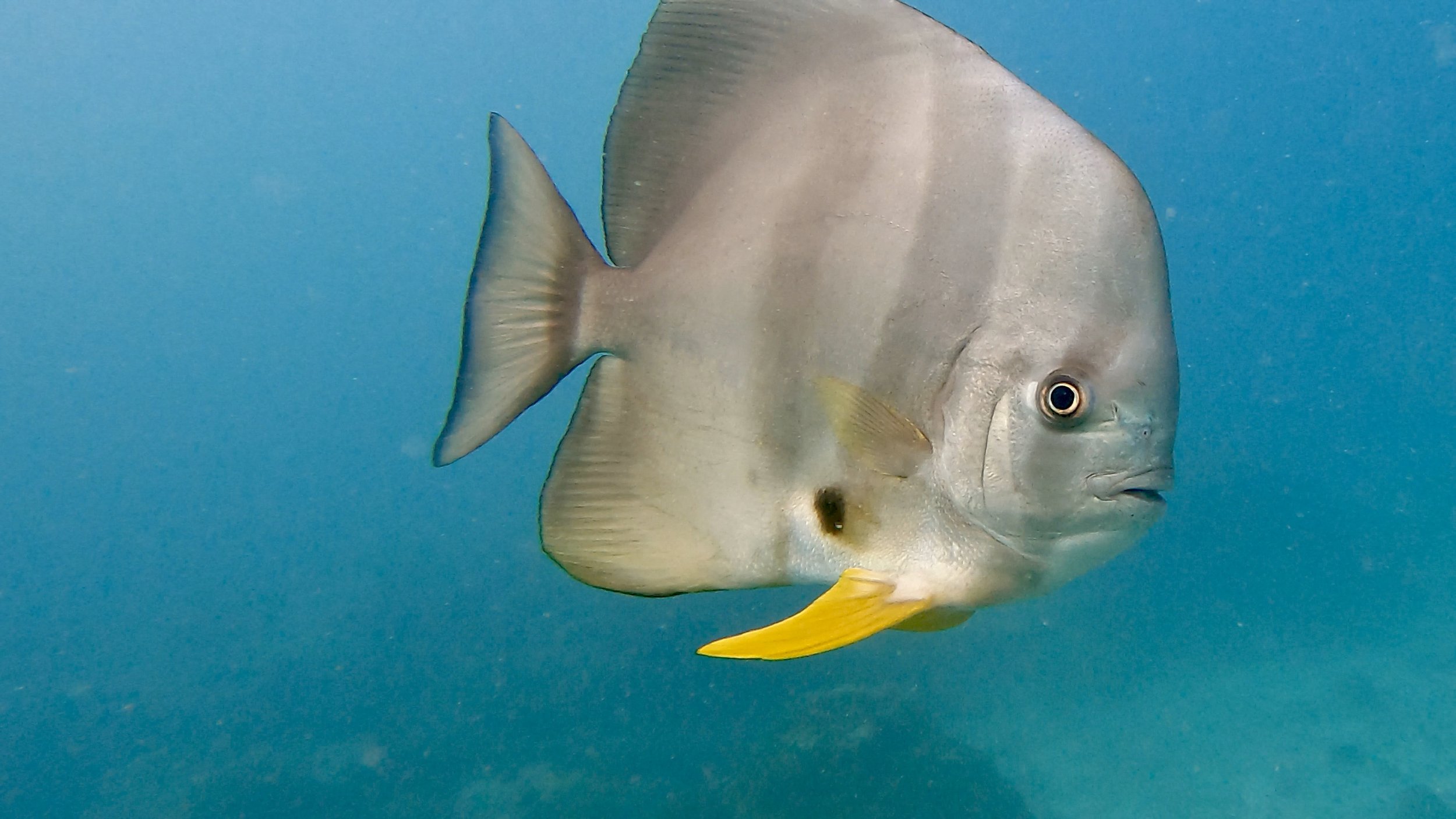
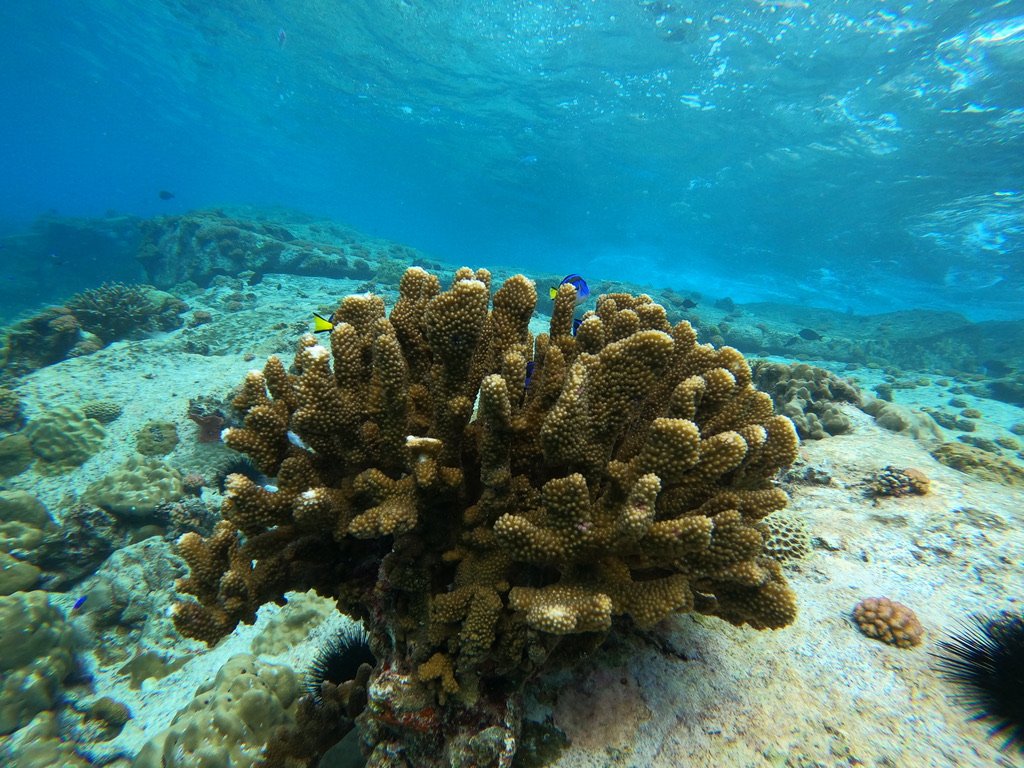












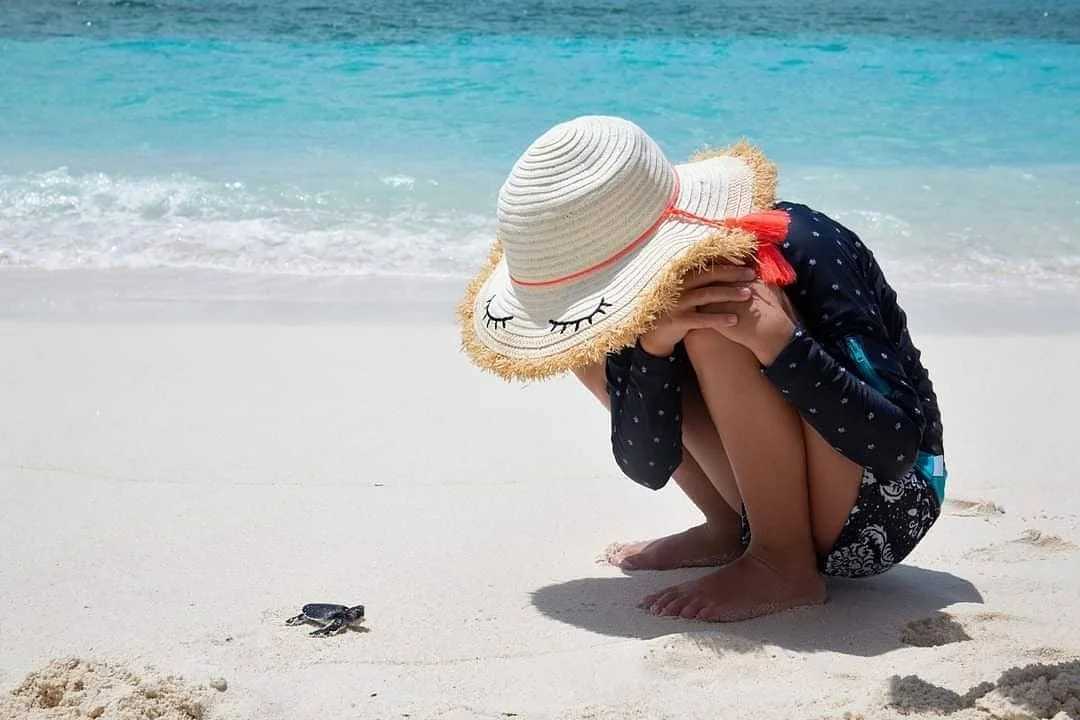



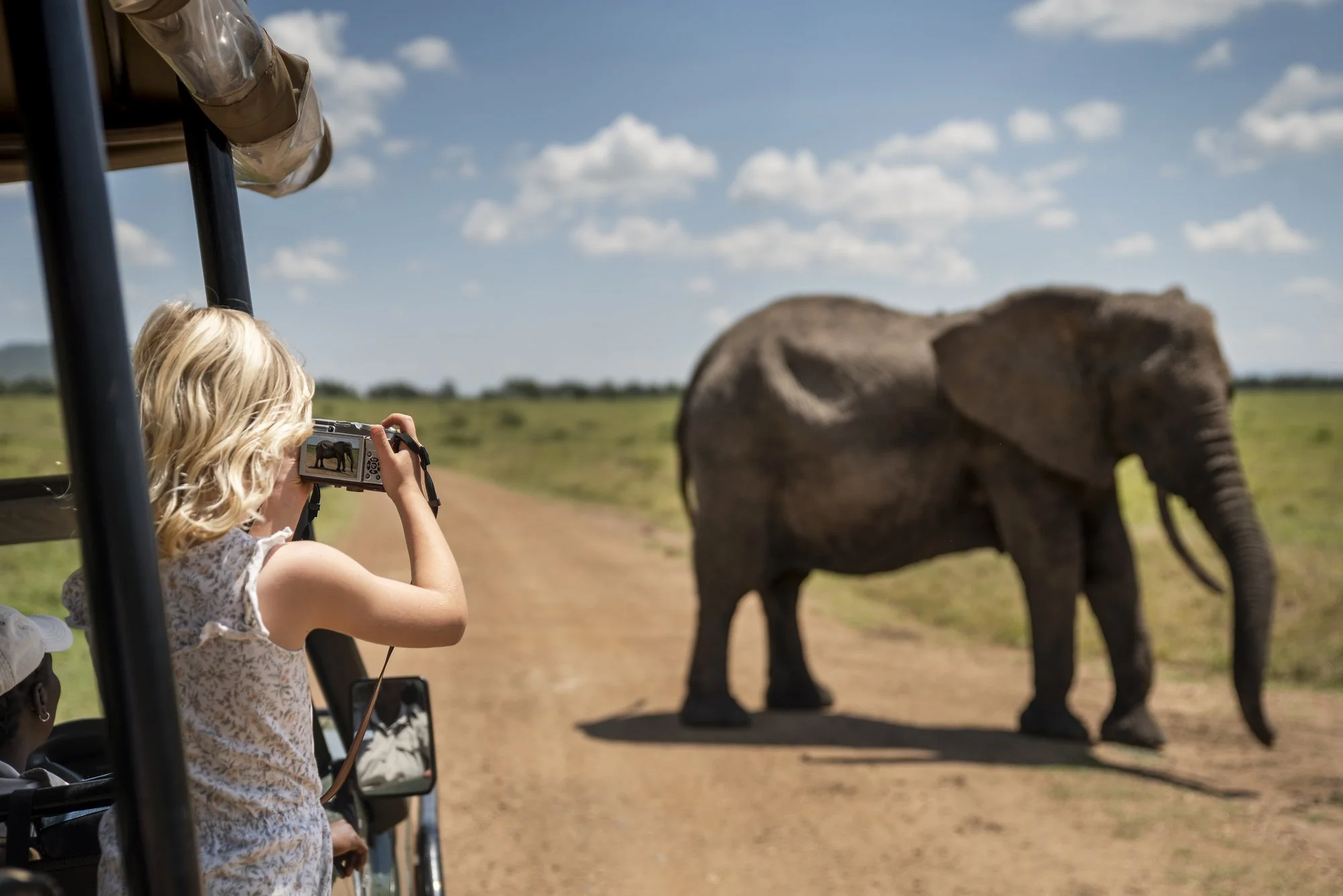
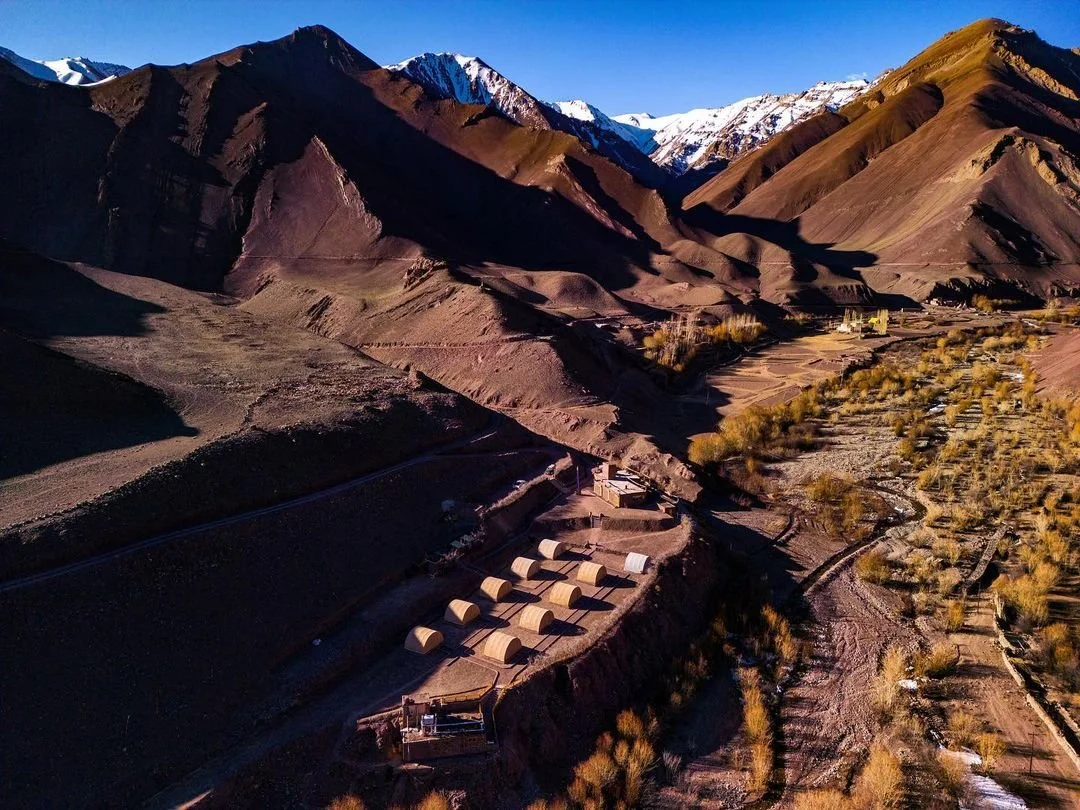
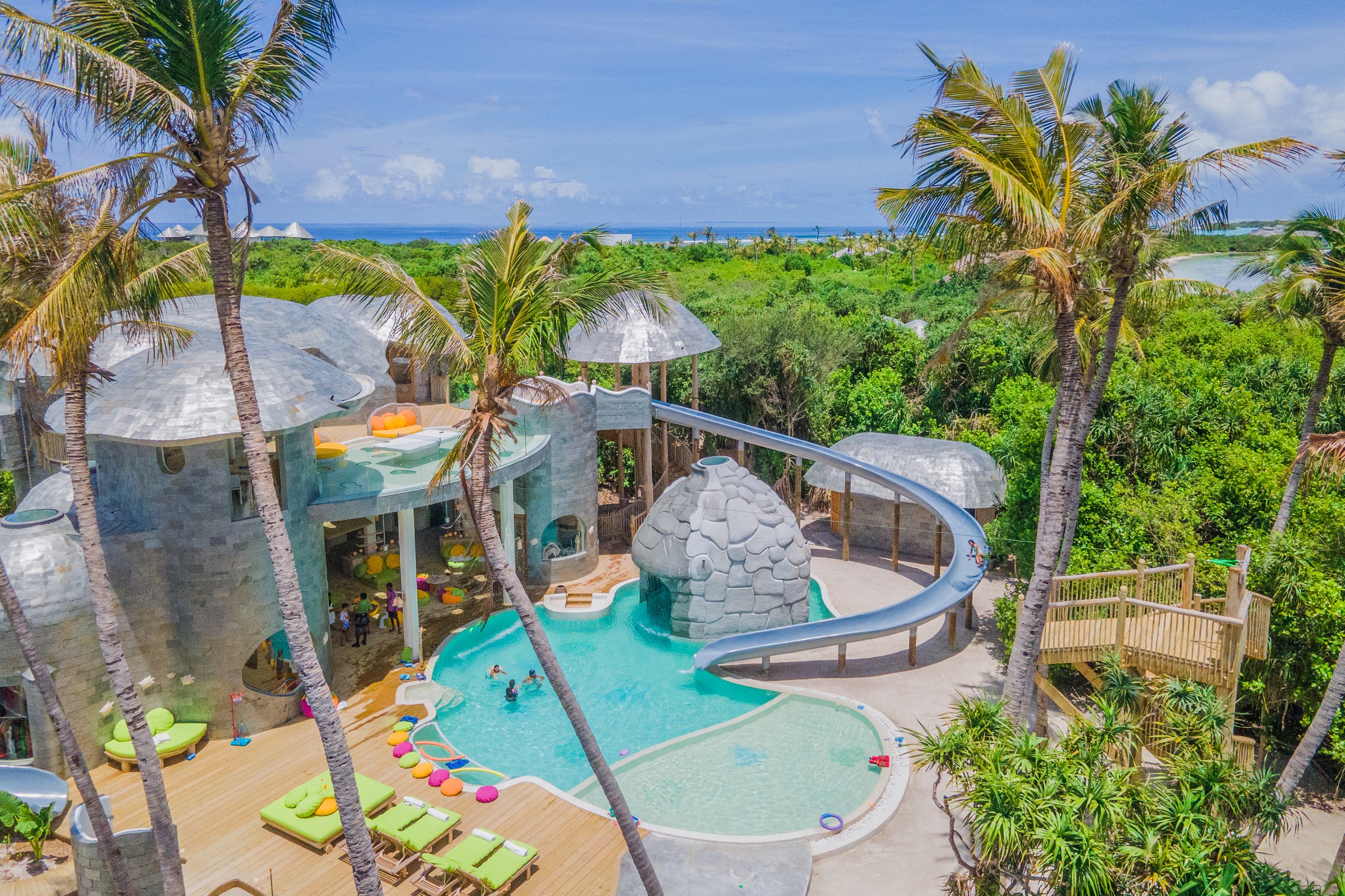




Wellness escapes today go far beyond massages and yoga mats. Experiences like forest bathing in Japan, wild swimming in Scandinavian fjords, sleep therapy in Switzerland and even energy healing in the Costa Rican jungle promise not just relaxation but a deep, sensory reawakening.